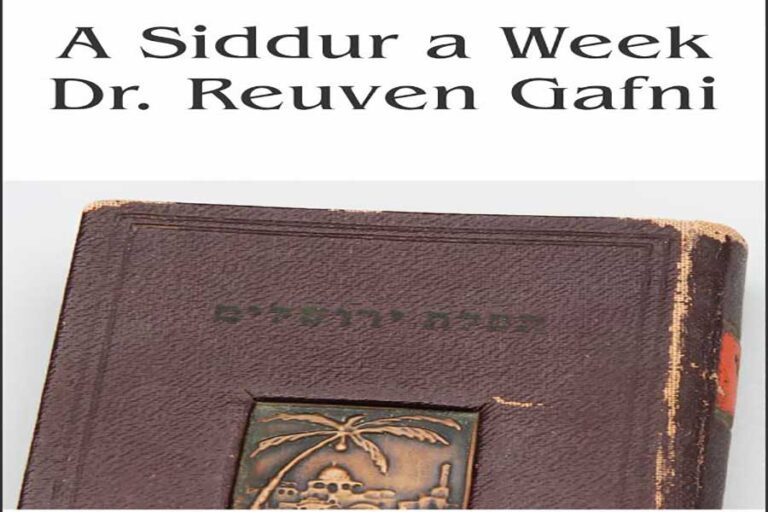In 1930, at the age of 14, Gavriel Avraham Shrem left his family in Egypt and moved to the Syrian-Aleppan Jewish community in the United States. After living with relatives in Georgia, Shrem settled in east Brooklyn, a hub for the Syrian community.
Shrem’s musical talents led him to become the chief chazzan at prominent Syrian shuls in New York, where he also worked on preserving and teaching the Aleppan tradition of religious poetry. This dedication culminated in the creation of the “Beit Yosef and Ohel Avraham” siddur.
Song and Praise, In Eretz Yisrael and in the Diaspora
 The Aleppan community’s pride in their piyyutim and efforts to preserve them led to the creation of a songbook in the 1960s with a Syrian-New York appeal. The book, “Shir Ushvacha Hallel Vezimra,” was a collaboration between New York and Israel, reflecting the community’s ties to both places.
The Aleppan community’s pride in their piyyutim and efforts to preserve them led to the creation of a songbook in the 1960s with a Syrian-New York appeal. The book, “Shir Ushvacha Hallel Vezimra,” was a collaboration between New York and Israel, reflecting the community’s ties to both places.
The songbook included religious songs as well as Zionist-inspired songs like “Artza Alinu” and “Se’u Tziyona Nes Vedegel,” along with prayers for the IDF and Israel. It even featured the full version of “Hatikvah,” Israel’s national anthem.
The success of the songbook inspired Shrem to create a complete Aleppan siddur, resulting in the publication of the “Beit Yosef VeOhel Avraham siddur” in 1974. This siddur, printed in Jerusalem, included traditional prayers along with modern additions like “Yerushalayim Shel Zahav” by Naomi Shemer.
Originally published on JFeed.com


